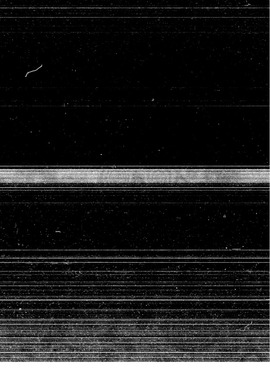| dc.contributor.author | Walker, Fred Paul, | en_US |
| dc.date.accessioned | 2013-08-16T12:29:06Z | |
| dc.date.available | 2013-08-16T12:29:06Z | |
| dc.date.issued | 1984 | en_US |
| dc.identifier.uri | https://hdl.handle.net/11244/5246 | |
| dc.description.abstract | Trihalomethanes are formed by the reaction of free chlorine with precursors (usually fulvic or humic acids) present in surface waters used as a source. One or more species of the trihalomethanes have been implicated as carcinogens, prompting a maximum contaminant level of 100 ppb in finished water on an annual mean basis. | en_US |
| dc.description.abstract | A pilot study was conducted at the Medicine Park public water supply at Lawton, Oklahoma in order to evaluate economically desirable treatment alternatives. These alternatives included optimizing coagulation using existing coagulant aids, utilizing a cationic polymer, movement of the point of prechlorination, and use of pre-chloramination. The most efficient method determined was theoretically applied to 26 other Oklahoma public water supplies being monitored during this study in order to assess whether the method of choice could be expected to reduce the annual mean total trihalomethane level to below 100 ppb at these facilities. | en_US |
| dc.description.abstract | The study that the use of pre-chloramination combined with optimized coagulation reduced trihalomethane levels by approximately 75% at the Lawton facility. Theoretical application of this method at the other 26 water supplies indicated that all 26 facilities could reduce annual mean total trihalomethane levels to below 100 ppb. | en_US |
| dc.description.abstract | The method of choice retains the use of post-chlorination, thus providing a free chlorine residual in the distribution system. | en_US |
| dc.description.abstract | While this research has provided invaluable information in numerous areas of the subject, most studies have demonstrated either marginal efficiency in trihalomethane reduction or the methods utilized proved to be cost-prohibitive for many water supplies. | en_US |
| dc.description.abstract | Responding to this need to reduce trihalomethanes in finished drinking water, research during the 1970's defined the nature of the chlorine-precursor reaction, evaluated the factors associated with trihalomethane formation, and investigated the efficacy of a variety of remedial measures to either reduce levels of precursors prior to chlorination or to reduce levels of trihalomethanes after their formation. | en_US |
| dc.description.abstract | This study was concerned with evaluating both simple and complex alternatives in the production of finished drinking water by public water supplies which might affect reduction in formation of trihalomethanes to meet drinking water standards of the Safe Drinking Water Act. | en_US |
| dc.format.extent | xii, 108 leaves : | en_US |
| dc.subject | Environmental Sciences. | en_US |
| dc.title | An evaluation of alternative treatment methods for trihalomethane reduction in public water supplies / | en_US |
| dc.type | Thesis | en_US |
| dc.thesis.degree | Ph.D. | en_US |
| dc.thesis.degreeDiscipline | School of Civil Engineering and Environmental Science | en_US |
| dc.note | Source: Dissertation Abstracts International, Volume: 45-05, Section: B, page: 1416. | en_US |
| ou.identifier | (UMI)AAI8418595 | en_US |
| ou.group | College of Engineering::School of Civil Engineering and Environmental Science | |
